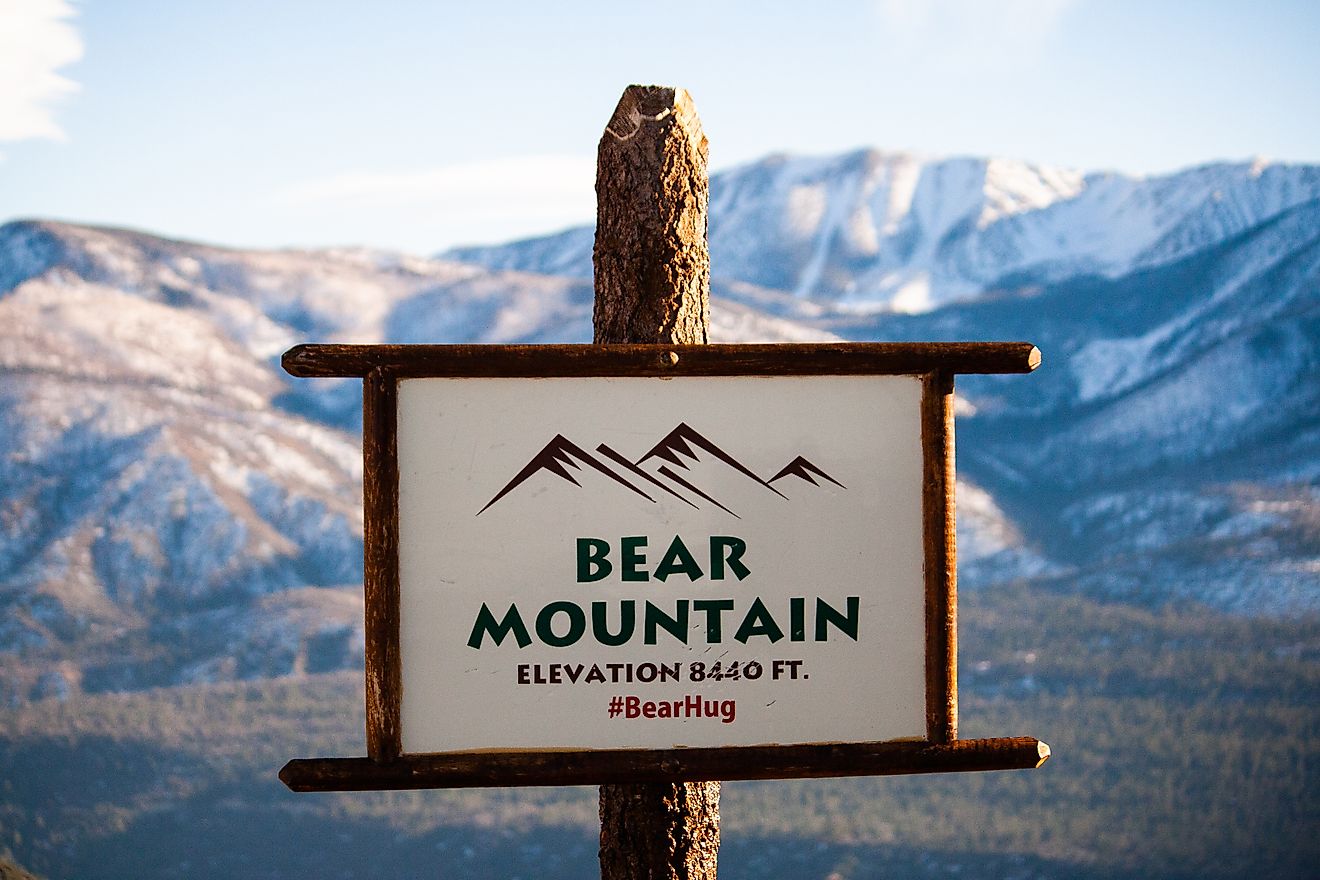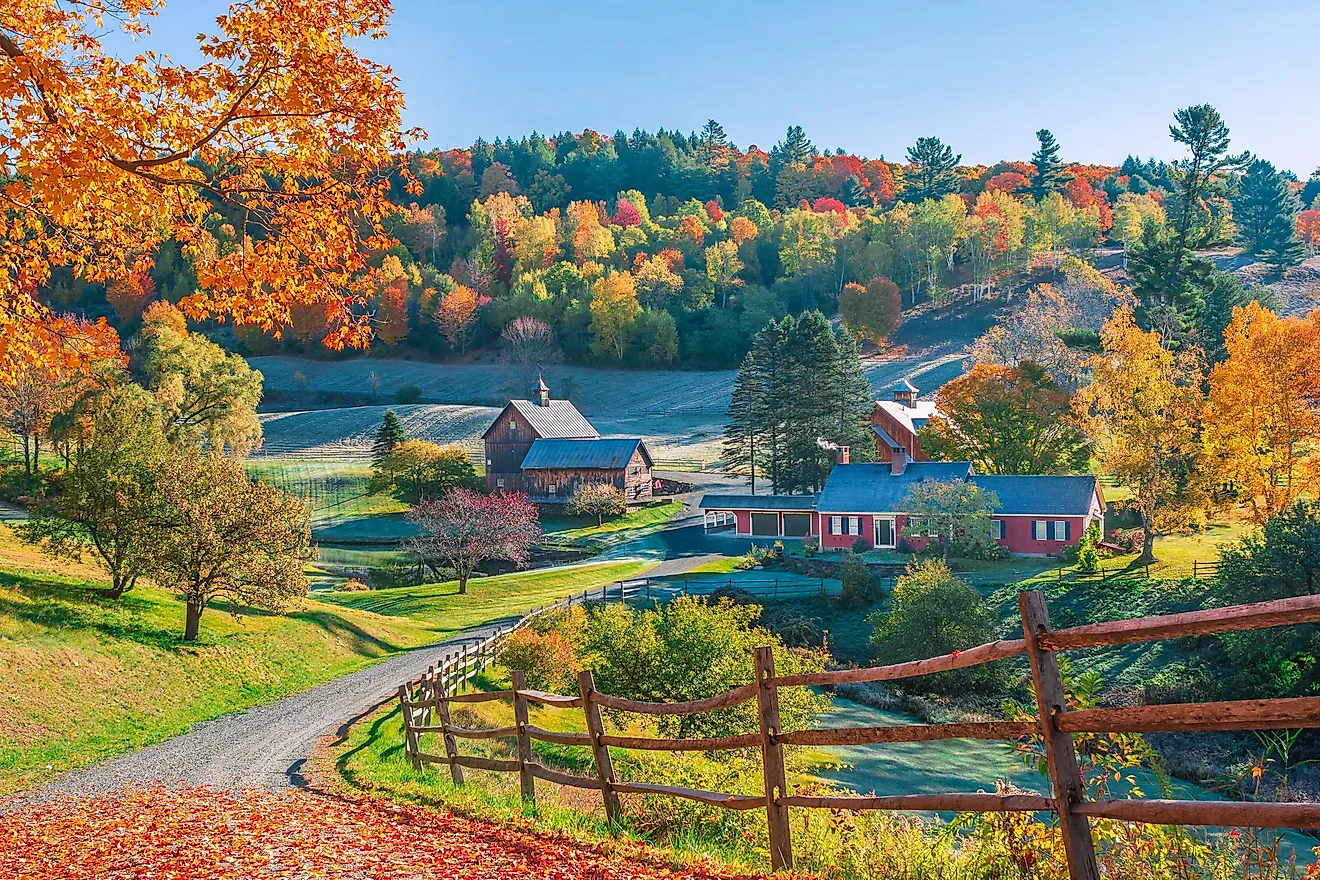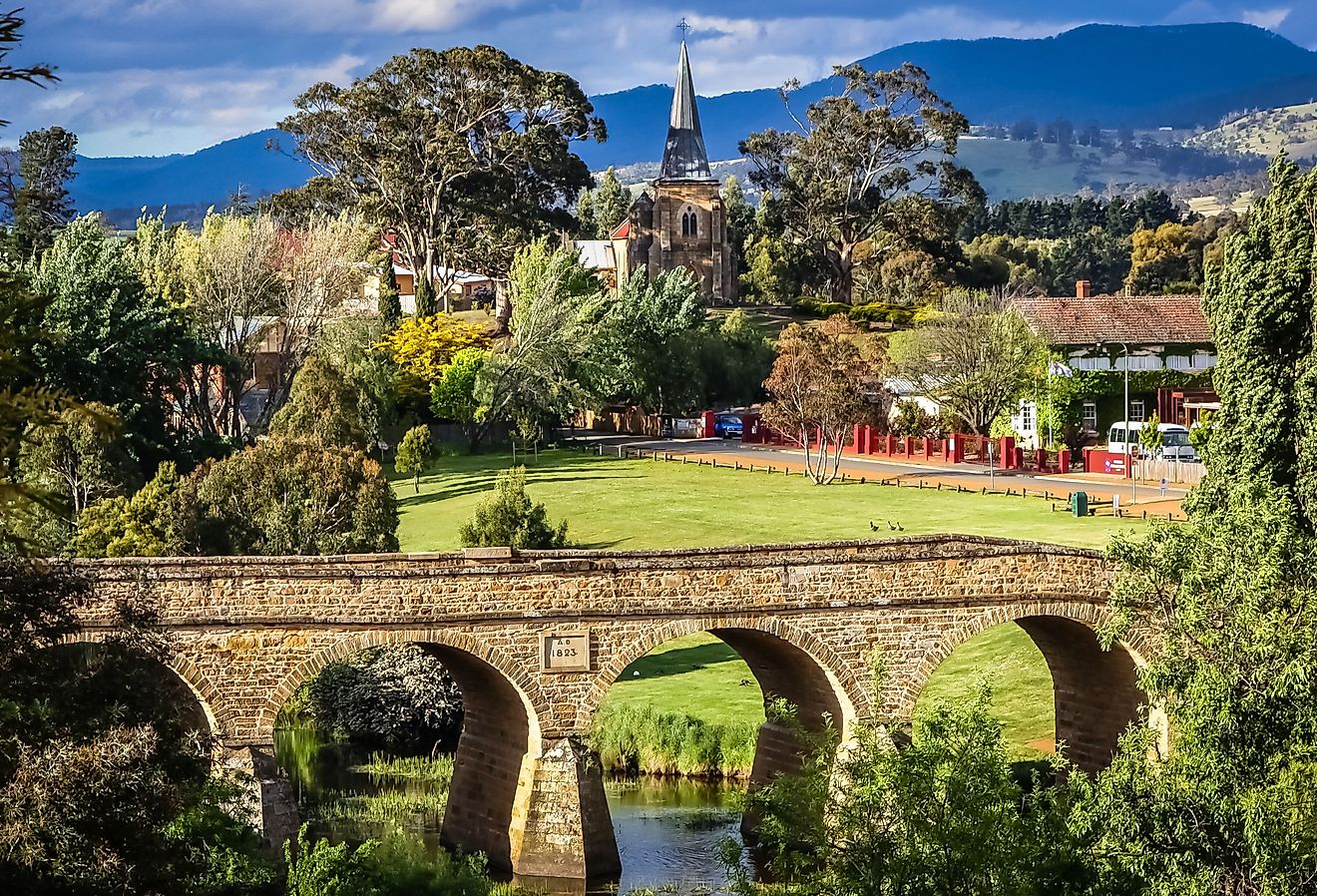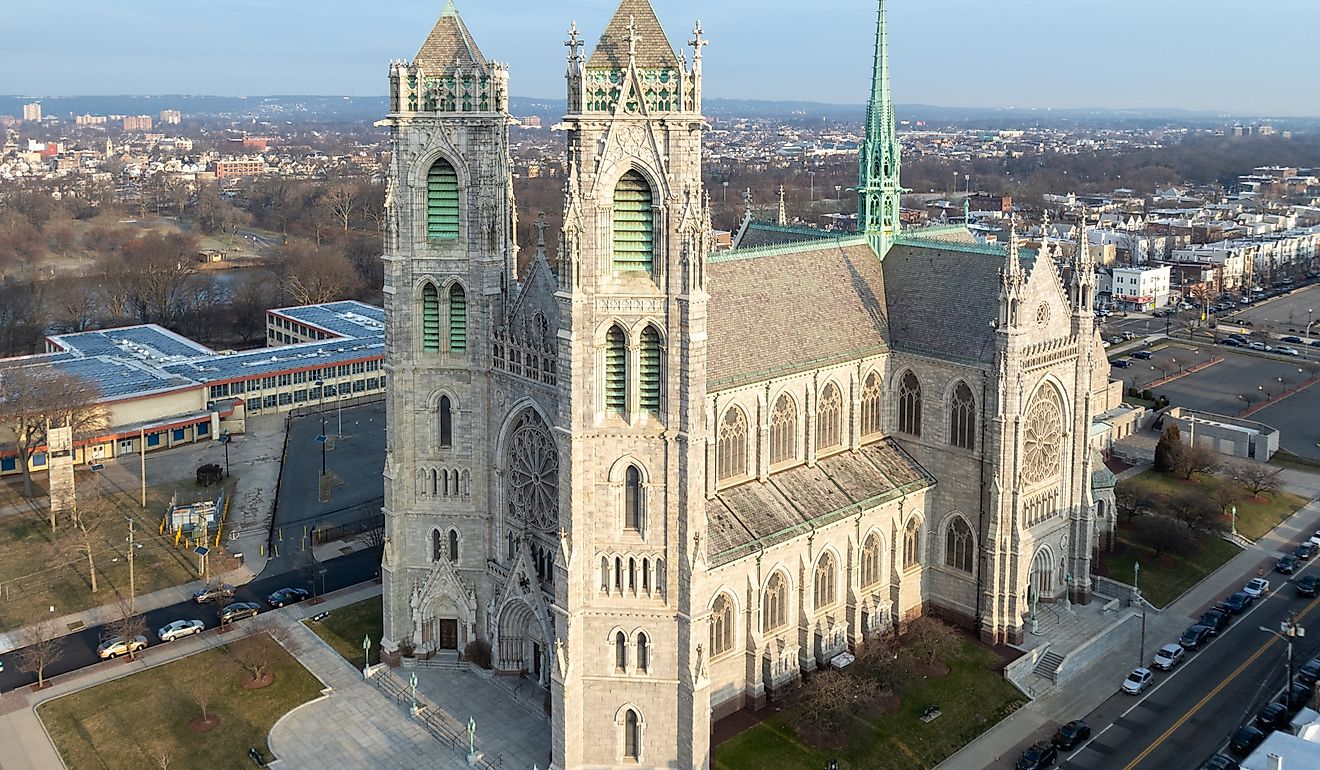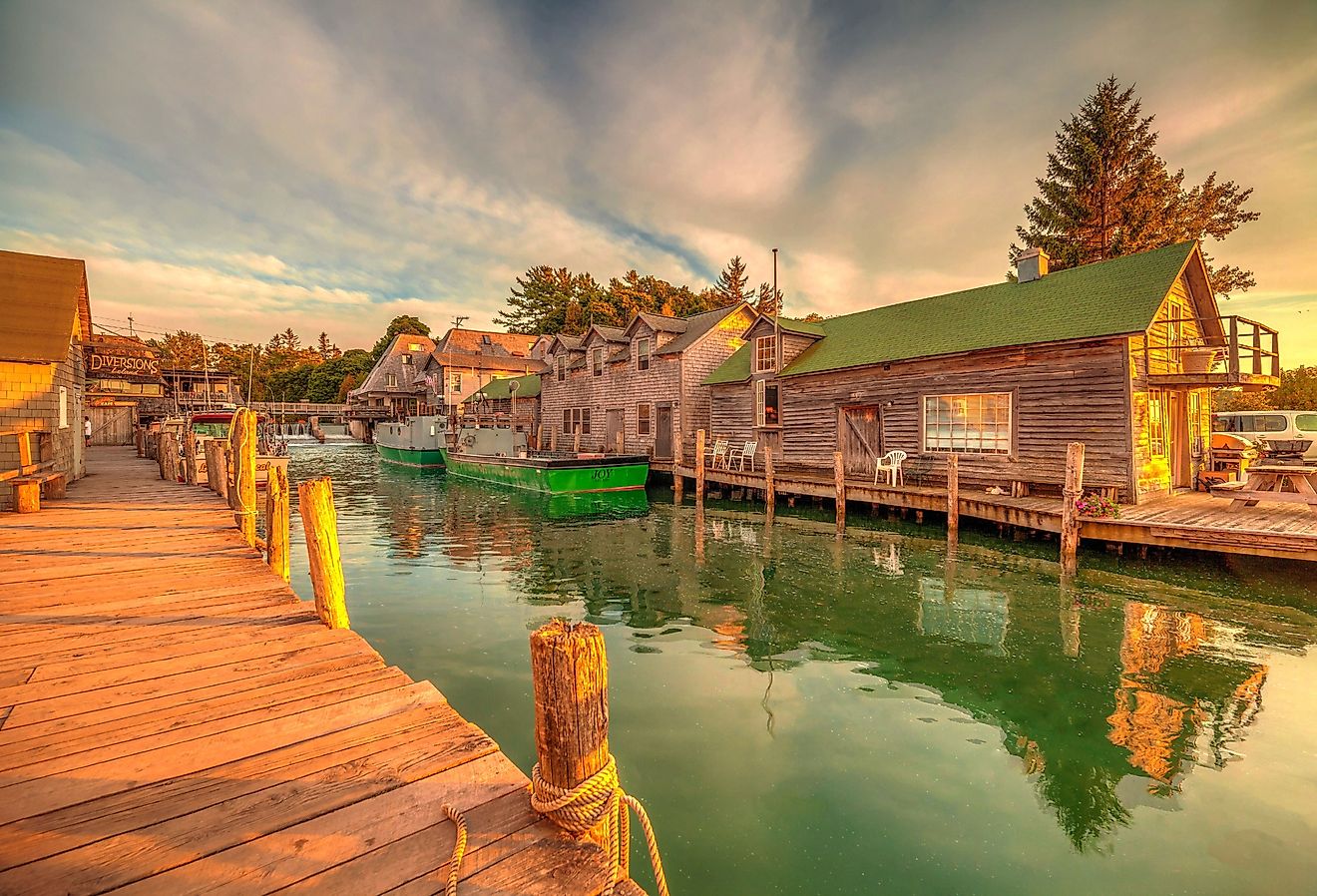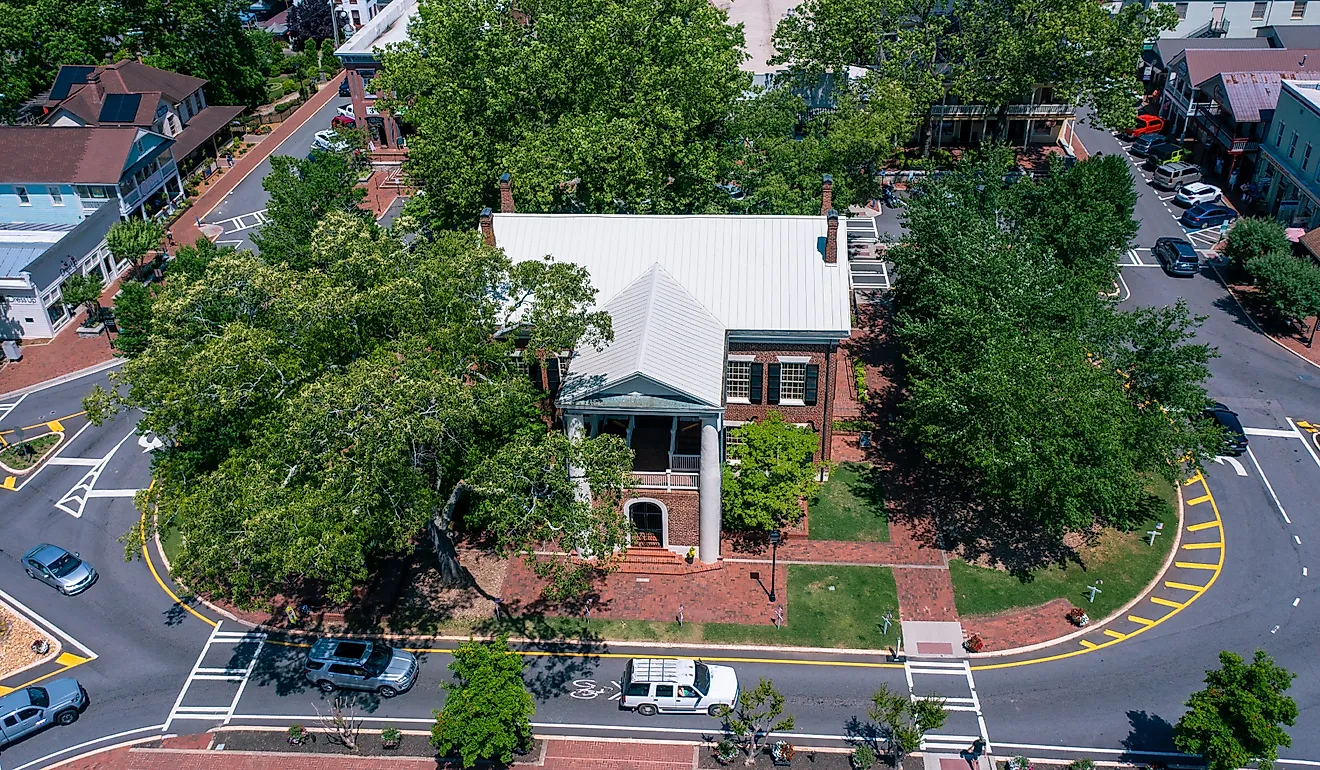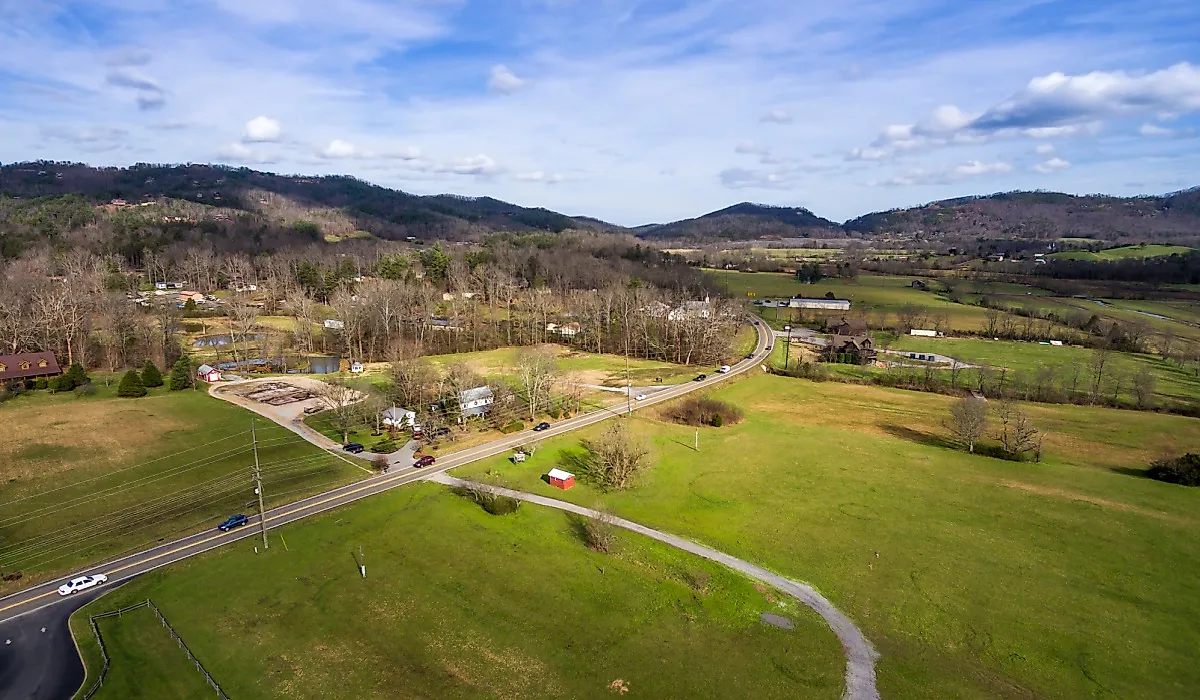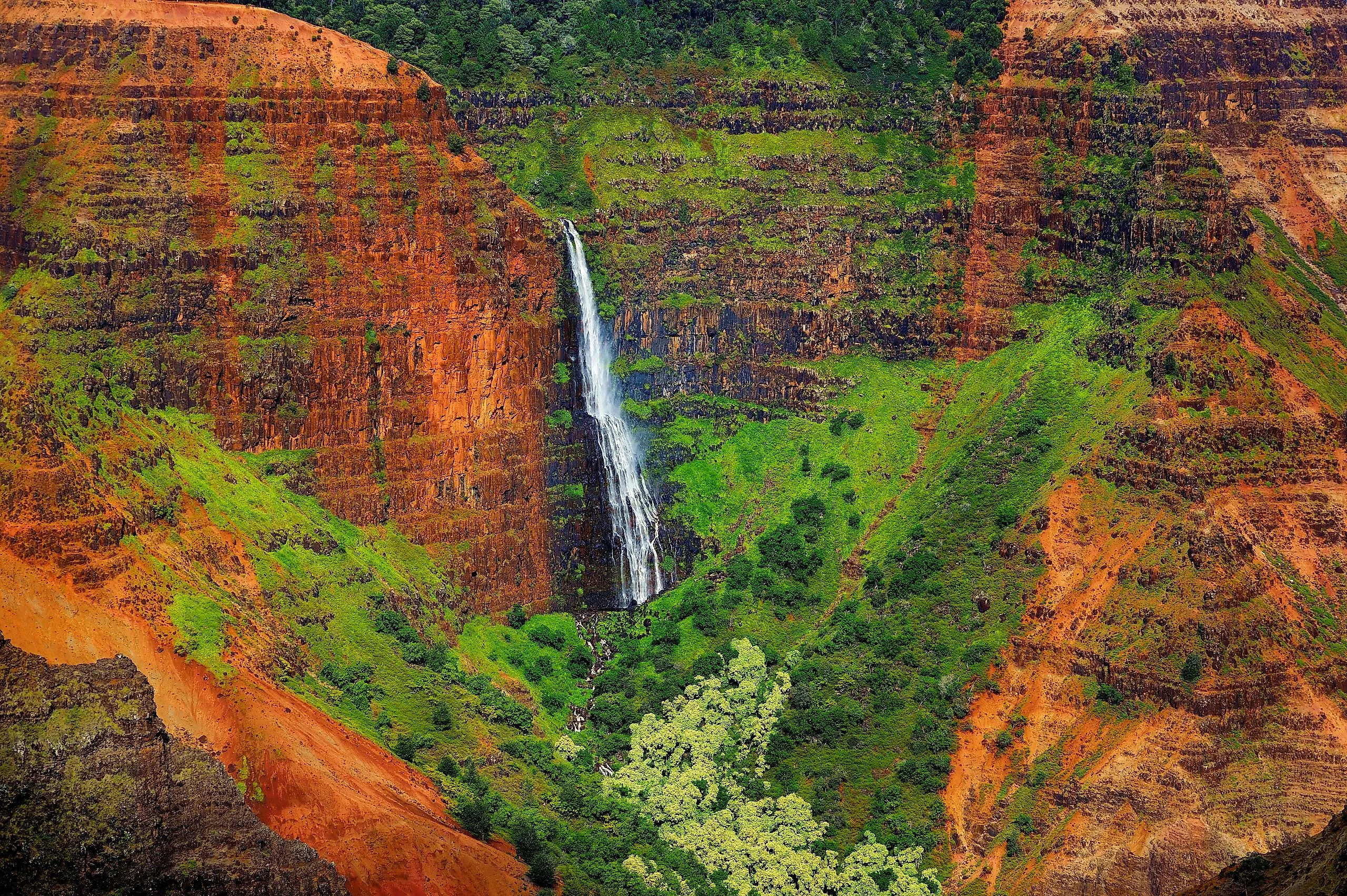
6 National & State Parks In Hawaii You Have To Visit
Hawaii’s wide variety of national and state parks protects some of the most diverse and geologically active landscapes within the United States. Across its 137 islands, you can be witness to active volcanoes, explore volcanic craters, hike through rainforests, and experience ancient cultural sites that reveal the islands’ deep Indigenous histories.
From the glowing vents of Hawaiʻi Volcanoes National Park to the colorful cliffs of Waimea Canyon, each park below captures a different aspect of Hawaii’s grandeur, and together, they perfectly showcase the islands’ abundant natural, ecological, and cultural offerings.
Hawaiʻi Volcanoes National Park
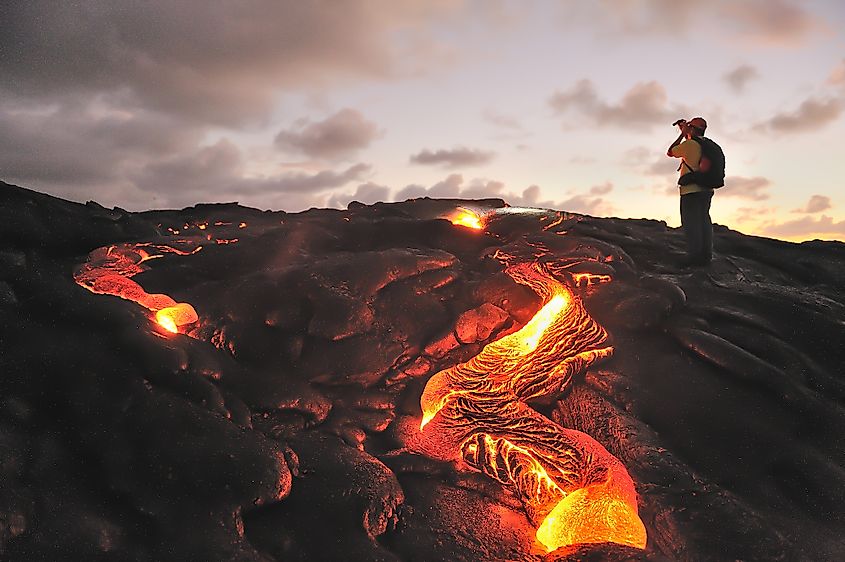
Hawaiʻi Volcanoes National Park protects one of the most geologically active landscapes on Earth. Spanning more than 354,400 acres along the southeastern flank of the Big Island, the park centers on two of the world’s most famous volcanoes: Kīlauea and Mauna Loa.
Here, you can safely witness volcanic steam vents, walk across cooled lava fields, and explore the effects of centuries of eruptions that continue to reshape the island. For an adventure on the road, the Crater Rim Drive circles Kīlauea’s summit, leading to must-see overlooks such as the Steaming Bluff, and the Jaggar Museum, which interprets the island’s volcanic history. Moreover, the Chain of Craters Road descends from lush rainforests to more coastal lava plains, ending dramatically where a stream of lava once crossed the road into the Pacific Ocean!
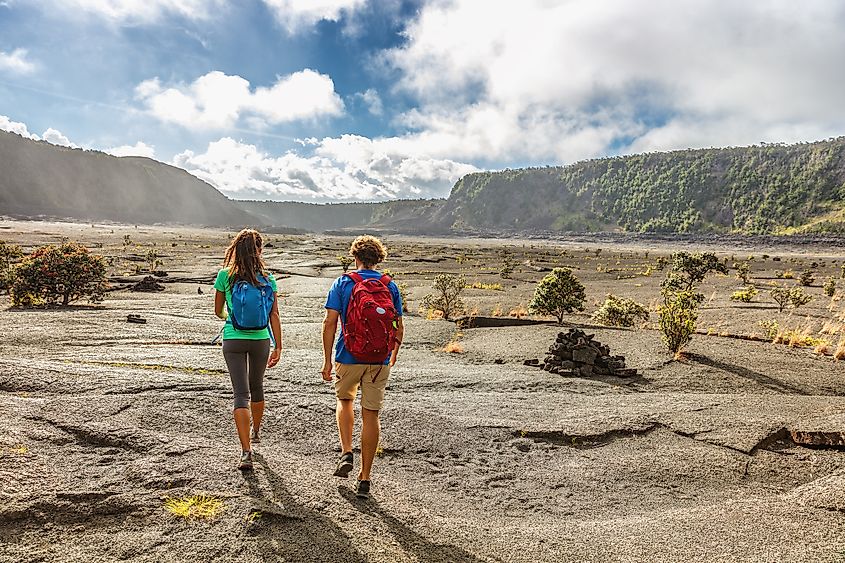
On the other hand, those who like getting around on foot can access trails like the Kīlauea Iki and Devastation Trail, each highlighting the park’s biodiversity. Watch out for areas where native ferns and ʻohiʻa lehua trees reclaim hardened lava. And if you care to stick around until night, the glowing vents of Halemaʻumaʻu Crater often illuminate the landscape, reminding all who come that the physical formation of the state of Hawaii is still unfolding to this day!
Haleakalā National Park
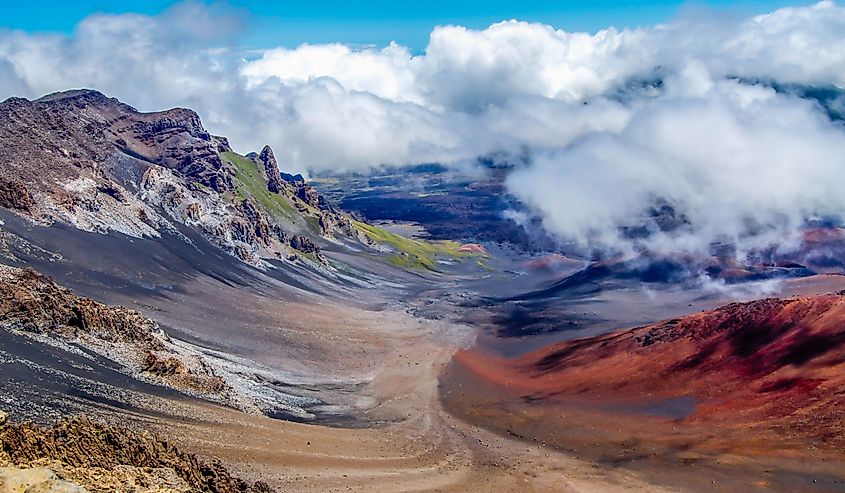
Haleakalā National Park encompasses around 30,000 acres of high-altitude land across Maui’s eastern region, rising from sea level to the 10,023-foot summit of Haleakalā Volcano. This unique park is notably divided into two districts: the Summit Area and the Kīpahulu Area.
The Summit Area is renowned for its massive geological erosional valley, a barren expanse of red cinder cones and rugged lava formations that are often likened to a lunar landscape. Sunrise and sunset from the summit are among Hawaii’s most sought-after natural experiences, with wide-ranging views across the islands and, on clear days, as far as the Big Island. In contrast, the Kīpahulu Area, accessed via the Hāna Highway, showcases a much more lush, tropical environment packed with waterfalls, bamboo forests, and idyllic ocean vistas.
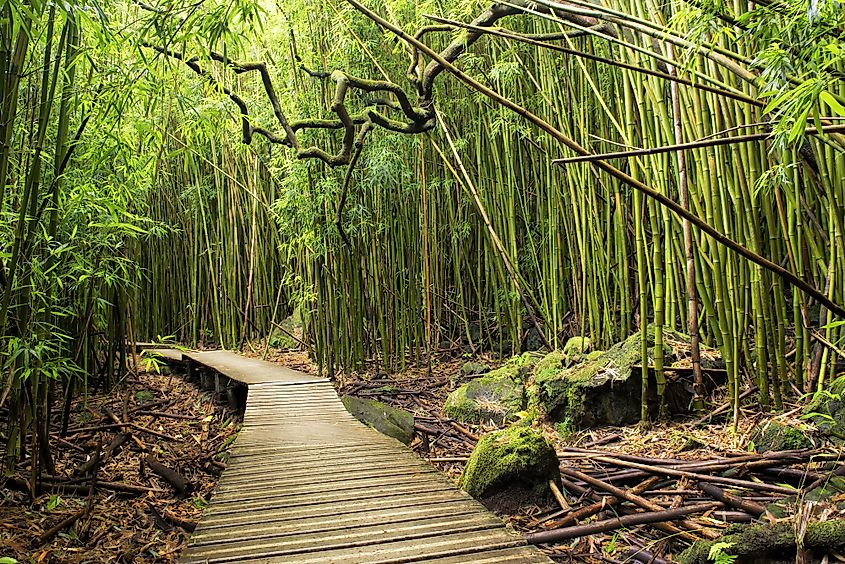
If you're down for a good walk, be sure to check out the Pīpīwai Trail, which leads to the 400-foot Waimoku Falls, one of Maui’s tallest. Native species such as the endangered nēnē goose and silversword plant also find refuge here, making Haleakalā not only a scenic destination but also a vital ecological preserve that protects a slice of Hawaii’s high-altitude and coastal ecosystems.
Puʻuhonua o Hōnaunau National Historical Park
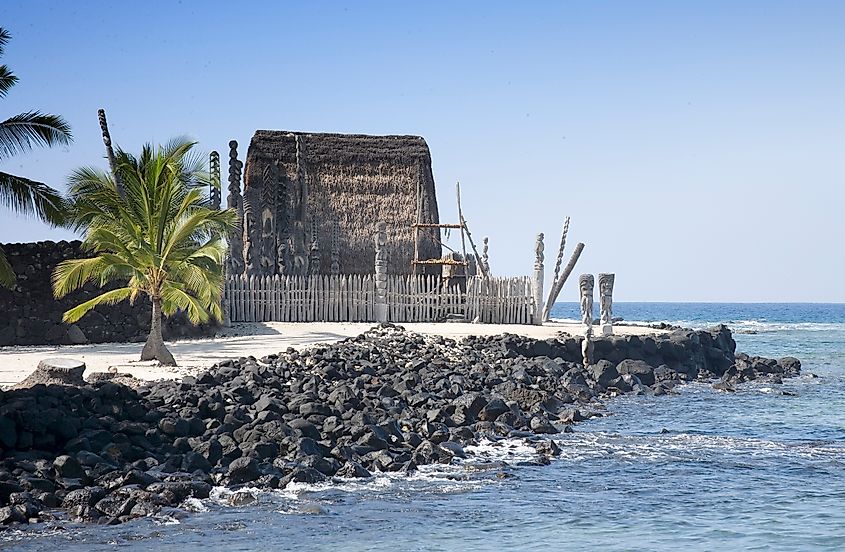
Puʻuhonua o Hōnaunau National Historical Park, Kona, Hawaii Island, Hawaii from Carol M. Highsmith's America project for the Library of Congress. Wikimedia Commons.
Puʻuhonua o Hōnaunau National Historical Park preserves one of Hawaii’s most important cultural sites, a sacred place of refuge once central to ancient native Hawaiian law. Located along the Kona Coast, the park was historically a sanctuary where those who broke "kapu" (sacred laws) could seek safety and forgiveness. With that, the walled puʻuhonua served as a neutral ground, protected by powerful priests and deities.
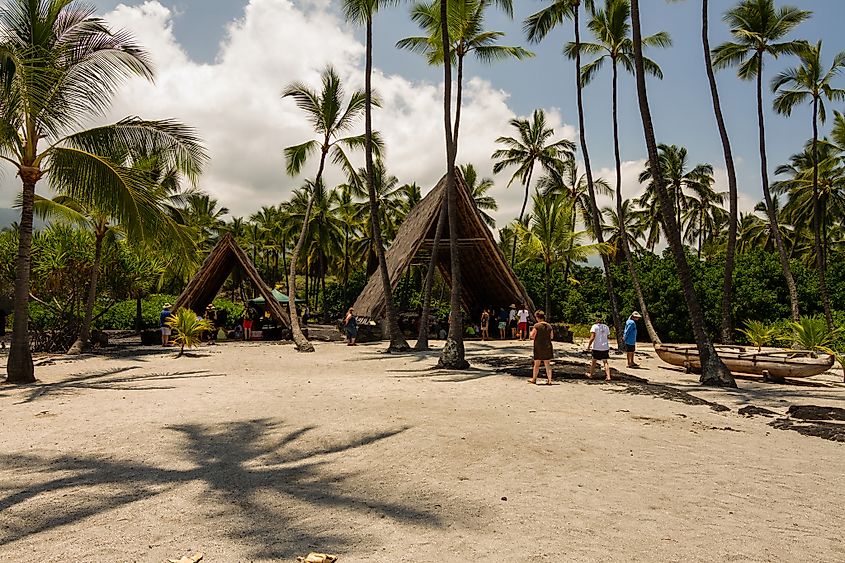
Hawaiian hale (house) at the Puʻuhonua o Hōnaunau National Historical Park. Wikimedia Commons.
Today, visitors who would like to learn more about this history can walk among reconstructed temples, carved wooden ki‘i (portrayals of Hawaiian gods), and the Great Wall, a 12-foot-high lava barrier separating the royal grounds from the place of refuge. Aside from those cool landmarks, the nearby Royal Grounds display fishponds, canoe landings, and platforms that once hosted chiefs and religious ceremonies. Offshore, clear waters and coral reefs trace another part of local culture, mainly ancient fishing practices, while the coastal trail connects to other remnants of long-standing Hawaiian villages.
Overall, the site offers a rare window into traditional governance, spirituality, and the daily life of the state's original inhabitants, showing you an up-close glimpse of the native Hawaiian cultures that once ruled the area.
Kalaupapa National Historical Park

Kalaupapa National Historical Park is situated on a remote peninsula on Molokaʻi’s north shore, characterized by towering 2,000-foot sea cliffs that keep it relatively secluded from the outside world. From the mid-1800s to the late 1960s, the area was a government-mandated settlement for individuals diagnosed with Hansen’s disease (leprosy), and the park now preserves the stories of those exiled here, while also honoring the compassion of figures like Saint Damien and Saint Marianne Cope, who devoted their lives to caring for the residents. There are actually still a few patients who live in the area, filling out their lives in isolation even after being cured.

What makes this destination even more intriguing is the fact that access to Kalaupapa is highly controlled, as you'll have to book a limited tour and arrive by a small passenger plane or hike down a steep trail descending from the cliffs above. Within the settlement, a selection of historic churches, cemeteries, and modest homes that have remained largely unchanged will greet you.
The surrounding environment, with its coastal plains and oceanic views framed by lofty cliffs, is, however, quite visually pleasing, giving a more positive reason as to why this site was chosen for its original purpose of providing respite to afflicted individuals.
Waimea Canyon State Park

Waimea Canyon State Park, often referred to as the “Grand Canyon of the Pacific,” covers roughly 1,840 acres on the western side of Kauaʻi. The canyon itself stretches about 14 miles long, a mile wide, and over 3,600 feet deep, opening up to layers of red, brown, and green volcanic rock shaped by eons of erosion and the collapse of a volcano that originally formed the island.

From the main lookout points, such as Waimea Canyon Lookout and Pu‘u Ka Pele, you will get the chance to view a number of pleasant waterfalls tumbling into the gorge, and trace the winding Waimea River below. This state-run park also includes a network of hiking trails ranging from short rim walks to challenging routes like the Canyon Trail to Waipo‘o Falls, which ends at a scenic overlook above an 800-foot drop. Furthermore, nature lovers should keep their eyes open for native vegetation, such as the koa and ʻōhiʻa trees that thrive along the higher elevations, while countless bird species are also occasionally spotted in quieter sections.
Together with the adjacent Kōke‘e State Park, Waimea Canyon encompasses one of the most spectacular landscapes in all of Hawaii, one that must be seen to be believed!
Makena State Park

Makena State Park occupies a broad stretch of relatively undeveloped coastline in southwest Maui, best known for its expansive beaches and beautiful volcanic scenery. The nearby town of Wailea is also renowned as a retirement destination, with Makena being an easily accessible/popular bit of local green space for seniors looking to relax outdoors.
Its centerpiece is probably Oneloa, commonly called Big Beach, a nearly mile-long arc of golden sand bordered by rugged lava outcrops. It’s also one of Maui’s largest beaches and draws visitors year-round for swimming, bodyboarding, and scenic coastal walks, though be aware that water currents here can be strong at times.
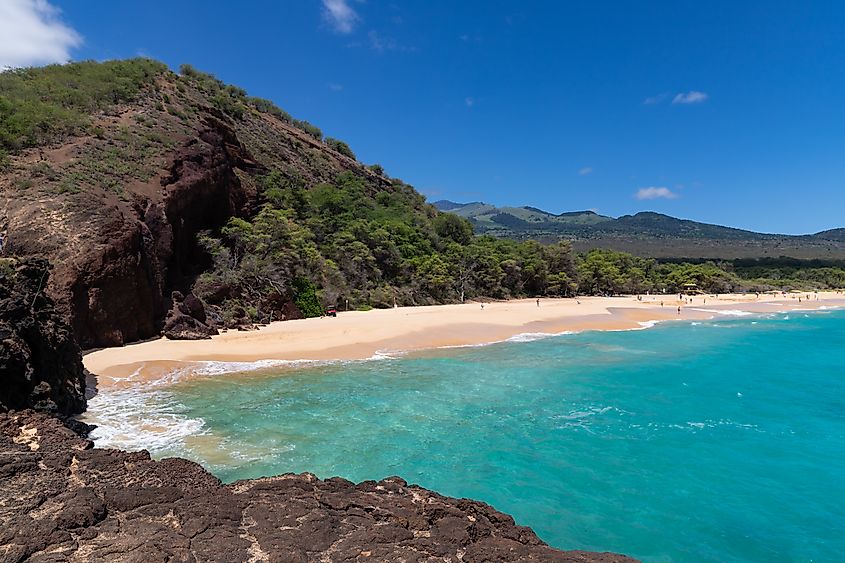
Beyond a rocky point lies Puʻu Ōlaʻi, a volcanic cinder cone whose slopes form the backdrop for the park’s smaller beach, Little Beach, which can be entered via a short trail over the lava ridge. Further inland, remnants of ancient lava flows and coastal vegetation illustrate the island’s volcanic origins in a way you can check out freely on foot.
Also, be aware that humpback whales are often visible offshore during the winter months, and the surrounding marine environment supports many other diverse fish and coral species, adding up to make this spot a perfect place for anyone who loves the ocean!
Hawaii’s network of parklands displays more than these Pacific Islands' exceptional scenery; it safeguards culturally rich landscapes shaped by centuries of human history as well. Each site mentioned above reveals a distinct piece of the state's evolution, from its volcanic summits to ancient prayer grounds. Exploring these attractions for yourself, whether you're a resident or a vacationer, truly connects you to Hawaii’s geological origins and its longstanding heritages, offering a way to spend some time away from more popular draws like resorts and busy, usually overcrowded, beachfronts.
